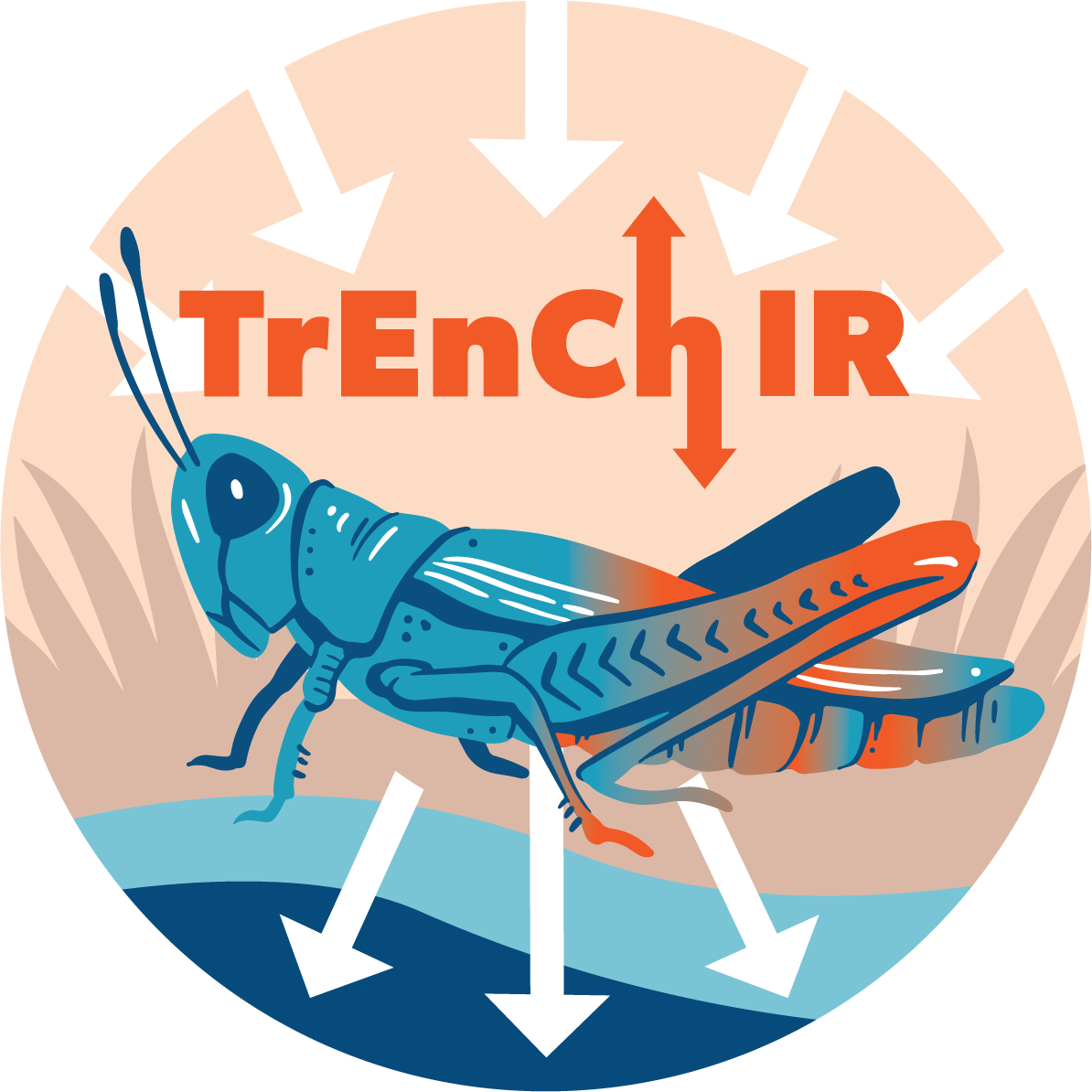Education and Outreach

We aim to broadly disseminate our research to enhance understanding of the ecological and evolutionary impacts of climate change to students and the public.
Education and outreach resources

TrEnCh-ed
We have created the TrEnCh-ed website including interactive R Shiny applications and associated tutorials to allow students and others interested to explore the ecological and evolutionary impacts of climate change through interacting with data. We offer teaching workshops introducing the resources.

TrEnCh-ir
Our TrEnCh-ir offers conversion of FLIR images to more useful formats and a gallery of thermal images for research, outreach, and education. The site also includes educational activities using thermal images to visualize how organisms experience their thermal environment.
Our @trenchproject instagram feed includes thermal images exploring the thermal complexity of life. Please get in touch with Lauren if you have images you’d like to contribute or if you’d like to borrow a camera to take images to contribute. If you’d like to contribute, you can either post directly to the account or we’ll provide a Google Drive folder for you to upload images to and we can post on your behalf.
Any images that highlight the thermal complexity of life are a good fit. Examples include landscapes with variations in sun and shade or different types of surfaces. Animals and plants exhibiting thermal variability or in thermally variable landscapes are great. Objects and people are fine too if aligned with the goal of helping students and the public understand why temperatures vary and how that might influence thermal stress and sensitivity to climate change. Any style and length of caption is fine. It is helpful for education purposes to try to describe the thermal variation and why it occurs.
We’ve taken most of the images using an inexpensive FLIR ONE camera attached to a phone. The camera’s hybrid visual IR images can facilitate interpretation over traditional IR cameras. We’ve also been using FLIR ONEs since we’re much more likely to carry around the small attachment relative to a traditional IR camera. However, images from any IR camera are welcome. We also welcome visual images that can be paired with IR images to aid interpretation.
Biophysical ecology tutorials
We’ve developed a series of tutorials aimed at graduate students interested in biophysical ecology. The tutorials originate from a 1979 course at UW entitled “Physical Prcoesses in Ecosystems” and Mike Kearney, U Melbourne, contributed additional tutorials. The tutorials align with the TrenchR package.
Undergraduate course resources
Professor Buckley teaches a course in Physiological Ecology and Evolution as well as a course in Climate Change Biology. We aim to collaborative develop course resources.